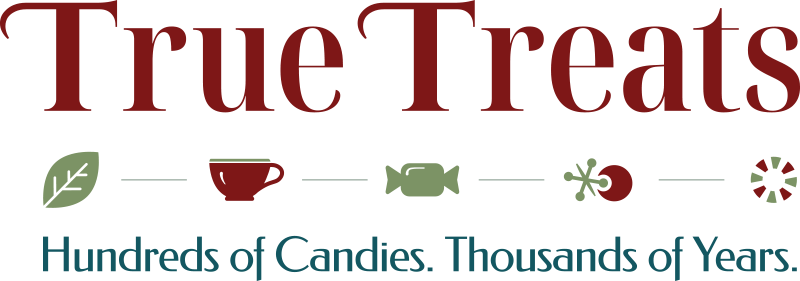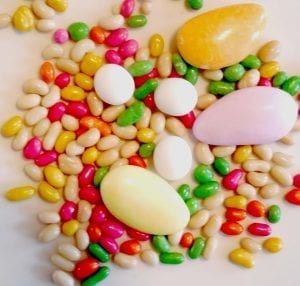Free Shipping on Orders over $49 (Retail Only)
Shop Now
- Address: 144 High Street Harpers Ferry, WV 25425
- Shop: 304.461.4714
- Orders: 304.535.8904

What Exactly Are ‘Sugar Plums’ Anyway?
Every Christmas Eve when I was a child, my family would read Clement Clark Moore’s famous 1823 poem, “A Visit from St. Nicholas,” aka “’Twas the Night Before Christmas.” With each reading, one line in particular always captivated me:
The children were nestled all snug in their beds;
While visions of sugar-plums danced in their heads
Maybe it was my sweet tooth or my love for the “Dance of the Sugar Plum Fairy” in “The Nutcracker,” but the line always made me extra exhilarated around the holiday season. I also remember wondering, “What’s a sugar plum?”
It turns out, the term does not refer to some magical fruit invention for a fictional Christmas story, but actually refers to sweet treats in the real world.
“Sugar plum was a sort of general name for candy,” Susan Benjamin, a candy historian and president of True Treats Candy, told HuffPost. “It was first used in Europe, going back to the 17th century.”
Panning was a labor-intensive endeavor that required skilled workers to stir with one hand while moving the pan with the other in an attempt to create even layers.
“Once the candy was coated, the confectioner set it aside where it dried for a day or two, then began the process again, stirring and moving, adding layer upon layer,” Benjamin said. “In the last stage, the sugar coating smooth as glass, he often added a flourish of color, mulberry juice or cochineal for red, indigo stone for blue, spinach for green and saffron for yellow.”
The whole process could take days or weeks. Thus, sugar plums were a pricey indulgence generally reserved for those with money and status.
“These sugar-coated bits were no gob-stoppers, but eaten with great decorum,” Benjamin noted. “In the early 1700s, they were given as gifts, particularly the sugar-coated almond with its symbol of joyous beginnings.”
Perhaps because of these high costs, the term took on a non-edible meaning as well.
“The name ‘sugar plum’ appeared in Thomas Decker’s Lanthorne and Candlelight in 1608 but had nothing to do with plums, prunes or any sort of poached fruit,” Benjamin said.
Instead, the term referred to “something very pleasing or agreeable, esp. when given as a sop or bribe,” per the OED.
“Given the cost and time involved in producing them, the sugar plum was also associated with money,” Benjamin said. “If someone was giving a bribe, they were said to be stuffing that person’s mouth with sugar plums. ‘Plum’ was also 18th-century slang for a large amount of money.”
The word “plum” also came to have a similar “pleasing” definition, which gave us phrases like a “plum job.” And to have a “mouth full of sugar plums” was to speak sweet words that were deceitful and insincere.
Read more of this article from the Huffington Post